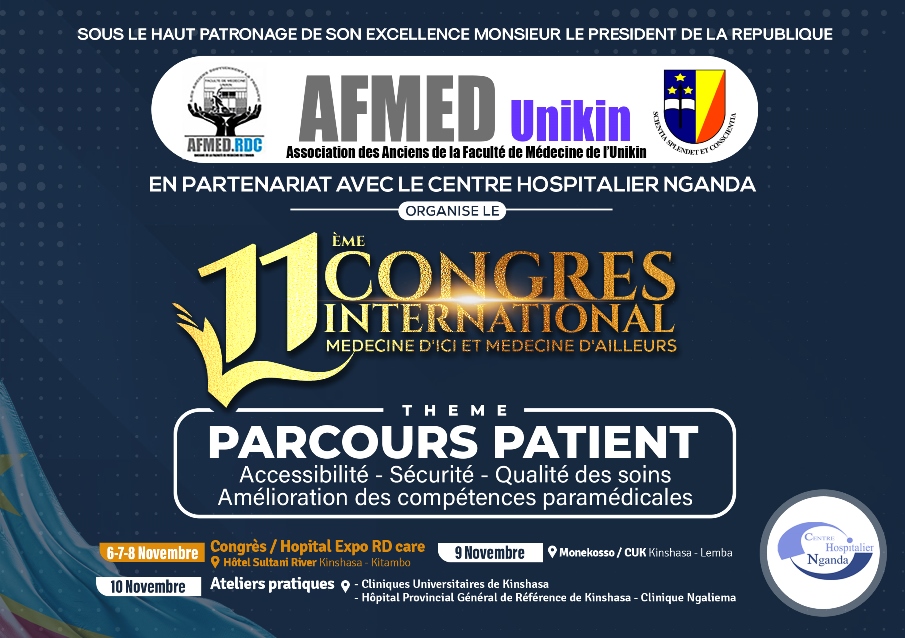Fidele Nyimi Bushabu* and Paka Lubamba Grace
1 Senior Lecturer, Oral and Maxillo-Facial Surgery, Teaching Hospital of Kinshasa University, School of Stomatology, Faculty of Medicine, University of Kinshasa, Kinshasa, the Democratic Republic of the Congo
2 Senior Assistant, Oral and Maxillo-Facial Surgery, Teaching Hospital of Kinshasa University, School of Stomatology, Faculty of Medicine, University of Kinshasa, Kinshasa, the Democratic Republic of the Congo
*Corresponding Author: Fidele Nyimi Bushabu, Senior Lecturer, Oral and Maxillo-Facial Surgery, Teaching Hospital of Kinshasa University, School of Stomatology, Faculty of Medicine, University of Kinshasa, Kinshasa, the Democratic Republic of the Congo.
Received: September 09, 2019; Published: September 25, 2019
Received: September 09, 2019; Published: September 25, 2019
The odontogenic keratocyst (OKC) is a benign uni or multicystic intraosseous entity presenting many controversies regarding the clinical and biological behavior, potential morbidity and factors influencing the recurrence rates. The cyst occurs frequently in the second–third decades of life with a marked tendency to involve the mandibular molar-ramus [1]. A number of suggested treatment techniques have been well investigated [2,3]. All aforementioned studies attempted to decrease the recurrence rates. However, the recurrence rates remain high up to 62% and most commonly varied from the published reports [4]. OKCs exhibiting a clinical aggressive behavior such as perforations of the cortical plates of the jaws, extension into the adjacent tissues, the mandibular molar-ramus location of the cysts, and multilocular larger lesions factors maybe help to evaluate the decision-making process for the choice of the treatment methods or to detect the OKC with high-risk of recurrence. The choice of the treatment methods is one of the goals, however, the inability to known if all OKC share the same propensity of the behaviors or recurrence maybe another one of the utmost dilemma.
The biological aspects of OKC have been investigated by numerous studies. Proliferative expression and anti-proliferative markers included p53, Ki-67, PCNA, Bcl-2 , has been evaluated to elucidate any relationship between histological features of OKC and biological potential with helpful in the choosing of surgical procedures to avoid the recurrence. But no much is known, about the relationship [5]. OKC with PTCH1-truncation causing mutations had significantly higher Ki-67 labeling with increased proliferative activity, which may related to the phenotype of high recurrence potential, and the immune-profile of Sonic hedgehog (SHH)-related proteins and the SHH-induced bcl-2 oncoprotein have been suggested may be suitable to define the individual OKC phenotype and biologic behavior. Additionally, the molecular and genetic alterations associated with OKC may predict an individual biological behavior [6]. Unfortunately, the aforementioned findings remain not available to the clinician faced with an individual patient. Therefore, the lack of evidence to identify the ability of the individual OKC and the risk of predicting recurrence may be the reason that leading to the choice of an inappropriate treatment methods.
Accordingly, the high recurrence rates and the failure rationalization of the treatment of OKC appear maybe as a mirrored inability between the unknown of individual odontogenic keratocysts behavior and the choice of surgical treatment methods. The experimental studies are required to assist the clinicians by providing a suitable data that can permit to establish the effectiveness of treatments methods adapted to individual OKC and the satisfactory prognostic for a long term after the removal of the cyst.
ACCESSEC DENTAL SCIENCE
Short Communication









